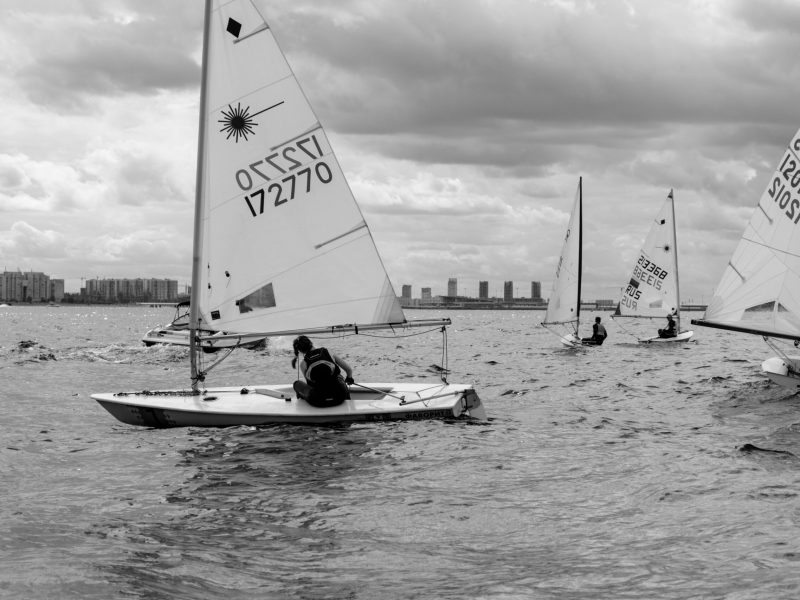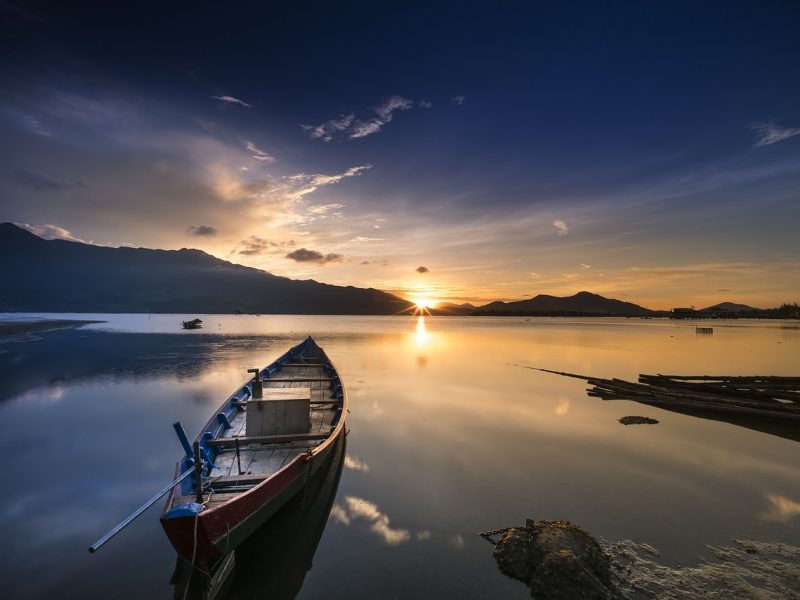Weather conditions is one of the most basic variables to consider while arranging a drifting outing.
This guide will investigate the effect of different atmospheric conditions on drifting and deal tips on the most proficient method to design and explore securely.
Climate mindfulness is critical for boaters, as the circumstances on the water can be more limit and flighty than ashore.
Factors like breeze speed, wave level, and perceivability can altogether affect your boat's dealing with and wellbeing.
Prior to setting out, it's fundamental for check the weather conditions figure and remain informed about possible changes in conditions all through your excursion.
Pursue weather conditions cautions or utilize a VHF radio to get continuous updates on changing weather patterns.
This can give you the early notification you really want to look for cover or change your arrangements.
Utilize dependable hotspots for marine weather conditions figures, like the Public Weather Conditions Administration (NWS) or devoted marine applications. These gauges give nitty gritty data on wind, waves, tides, and potential tempest action. Learn more detail about sup brett.
The wind is perhaps the main variable influencing drifting circumstances. It impacts wave arrangement, flows, and generally speaking boat steadiness. Understanding how to explore in various breeze conditions is fundamental:


Light breezes normally make quiet circumstances, making for smooth and simple sailing. These are ideal circumstances for novices or for exercises like fishing, kayaking, or comfortable cruising. Moderate breezes can make rough waters and little to direct waves. While sensible for most boats, these circumstances expect regard for boat taking care of and speed, particularly in more modest vessels. Learn more details about kano.
Unexpected breeze blasts can surprise you. Remain alert and be ready to change course or speed rapidly.
Whenever the situation allows, head into the breeze at a slight point (45 degrees) instead of straightforwardly into it.
Waves and grows are straightforwardly impacted by wind speed, term, and the distance over which the breeze blows (get).

Little waves are for the most part reasonable and make negligible disturbance to sailing. Nonetheless, little boats ought to in any case tread carefully, particularly in shallow waters where waves can become more extreme. These waves can cause uneasiness and make route seriously testing, especially for more modest boats. Boaters ought to lessen speed and explore at a point to try not to take waves head-on. Huge waves can be risky, particularly in untamed water. These circumstances are best kept away from except if you’re in an enormous, fit for sailing vessel prepared to deal with difficult situations.
Downpour and tempests can grow rapidly, particularly in the mid year months. While light downpour may not represent a huge danger, weighty downpour and tempests can be risky:
